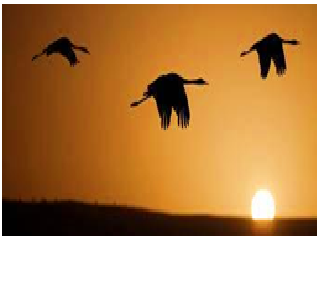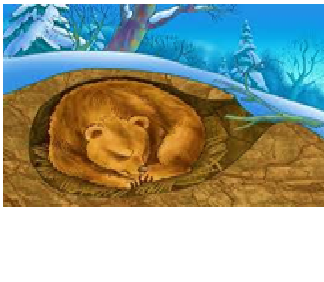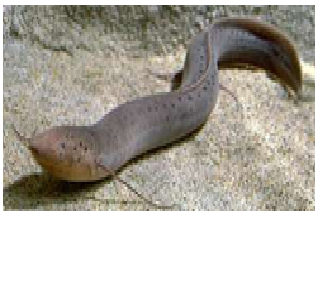
Aestivation (Latin: aestas (summer); also spelled estivation in American English) is a state of animal dormancy, similar to hibernation, although taking place in the summer rather than the winter. Aestivation is characterized by inactivity and a lowered metabolic rate, that is entered in response to high temperatures and arid conditions.[1] It takes place during times of heat and dryness, which are often the summer months. Invertebrate and vertebrate animals are known to enter this state to avoid damage from high temperatures and the risk of desiccation. Both terrestrial and aquatic animals undergo aestivation. Fossil records suggest that aestivation may have evolved several hundred million years ago.





Hibernation is a seasonal heterothermy characterized by low body-temperature, slow breathing and heart-rate, and low metabolic rate. It is a state of minimal activity and metabolic depression undergone by some animal species, and it most commonly occurs during winter months. Hibernation is fairly similar to sleep mode but with a few important key differences. When your computer enters Hibernation mode, your open applications and documents are saved to your computer’s hard disk rather than its RAM.
by at 2025-02-24 21:31:14